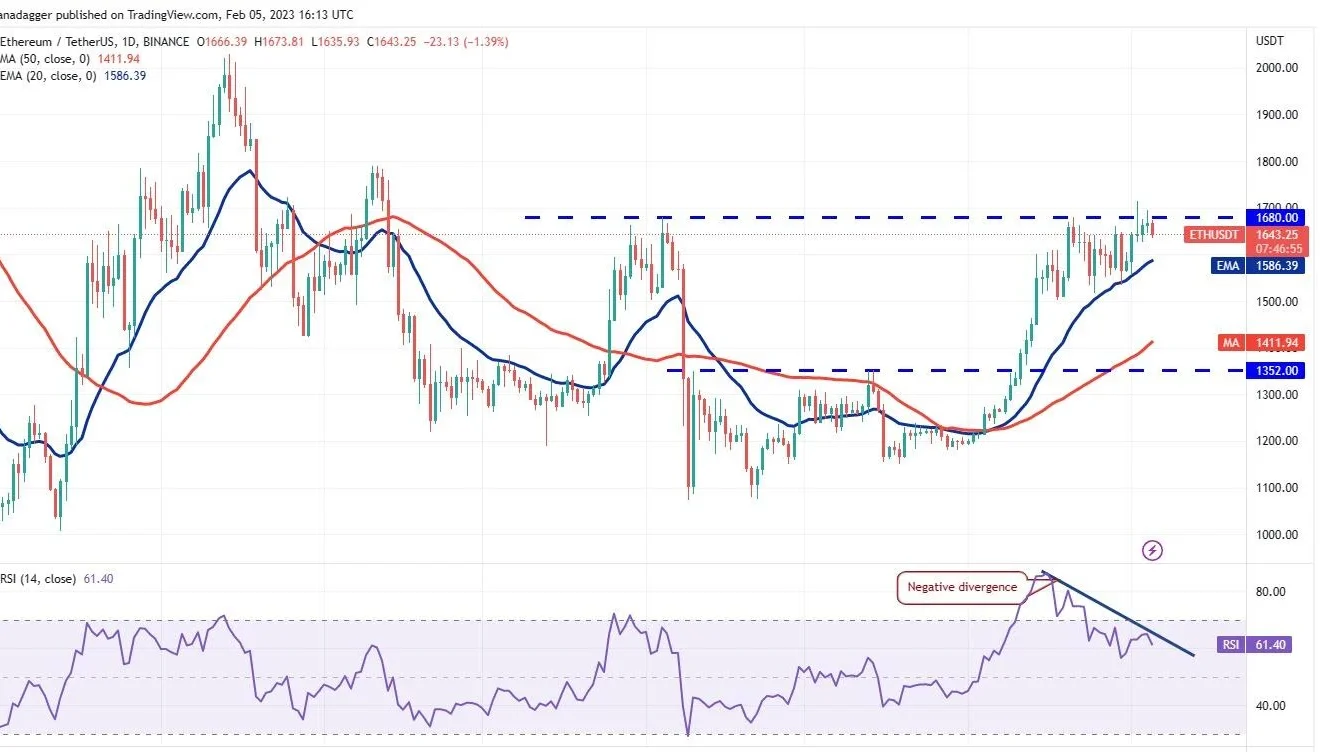12 Essential Altcoin Portfolio Management Tips to Maximize Your Crypto Returns in 2025

The cryptocurrency landscape has evolved dramatically, with altcoins representing some of the most lucrative yet volatile investment opportunities in today’s digital economy. Mastering effective altcoin portfolio management tips is crucial for investors seeking to navigate this complex market while maximizing returns and minimizing risks.
Whether you’re a seasoned trader or just beginning your crypto journey, understanding how to properly allocate, diversify, and manage your altcoin investments can mean the difference between substantial gains and devastating losses. With over 20,000 cryptocurrencies in existence and new projects launching daily, the challenge isn’t finding investment opportunities—it’s selecting the right ones and managing them effectively.
The volatile nature of altcoins requires a strategic approach that balances potential rewards with calculated risk management. This comprehensive guide will equip you with proven strategies, expert insights, and practical tools to build and maintain a profitable altcoin portfolio that can weather market storms and capitalize on emerging opportunities.
Understanding the Altcoin Investment Landscape
The altcoin market represents a diverse ecosystem of digital assets beyond Bitcoin, each serving unique purposes and offering distinct investment characteristics. From established platforms like Ethereum and Binance Coin to emerging DeFi tokens and meme coins, the altcoin space provides numerous opportunities for portfolio diversification.
Market capitalization varies significantly across altcoins, with some projects valued in billions while others remain micro-cap investments with explosive growth potential. Understanding these differences is fundamental to developing effective management strategies. Large-cap altcoins typically offer more stability and liquidity, while small-cap alternatives may provide higher returns but with increased volatility.
The technological foundations underlying different altcoins also influence their investment profiles. Smart contract platforms, layer-2 scaling solutions, decentralized finance protocols, and non-fungible token ecosystems each present unique risk-reward scenarios that require careful evaluation and strategic positioning within your overall portfolio structure.
Core Altcoin Portfolio Management Tips for Success

Establish Clear Investment Goals and Risk Tolerance
Before diving into specific altcoin selections, define your investment objectives and risk appetite. Are you seeking long-term wealth accumulation, short-term trading profits, or passive income through staking rewards? Your goals will directly influence your portfolio composition and management approach.
Consider factors such as your investment timeline, financial situation, and emotional capacity to handle volatility. Altcoins can experience 50% or greater price swings within days, making risk assessment crucial for sustainable investing. Document your risk tolerance and refer to it during market turbulence to maintain disciplined decision-making.
Create specific, measurable goals such as achieving a certain annual return percentage or building a portfolio worth a target amount within a defined timeframe. These concrete objectives will guide your asset selection and help you evaluate portfolio performance objectively.
Implement Strategic Diversification Across Sectors
Diversification remains one of the most important altcoin portfolio management tips for reducing risk while maintaining upside potential. Rather than concentrating investments in similar projects, spread allocations across different cryptocurrency sectors and use cases.
Consider including altcoins from various categories, such as smart contract platforms (Ethereum, Cardano, Solana), decentralized finance protocols (Uniswap, Compound, Aave), layer-2 scaling solutions (Polygon, Arbitrum, Optimism), and emerging sectors like artificial intelligence tokens or real-world asset tokenization projects.
Geographic and technological diversification also provides additional protection. Include projects from different regions and those built on various blockchain architectures to avoid concentration risk in any single ecosystem or regulatory jurisdiction.
Master Dollar-Cost Averaging and Strategic Entry Points
Dollar-cost averaging (DCA) represents a powerful strategy for building altcoin positions while minimizing the impact of market volatility. Instead of attempting to time perfect entry points, systematically invest fixed amounts at regular intervals regardless of current market conditions.
This approach is particularly effective for altcoins due to their high volatility. By spreading purchases over time, you capture average prices rather than risking large investments at market peaks. Many successful investors combine DCA with tactical buying during significant market downturns to accelerate position building.
Establish a consistent investment schedule, whether weekly, bi-weekly, or monthly, and stick to it regardless of market sentiment. This disciplined approach removes emotion from investment decisions and often results in better average entry prices than attempting to time the market.
Advanced Portfolio Allocation Strategies
Apply the Core-Satellite Approach
The core-satellite portfolio structure provides a balanced framework for altcoin investing. Allocate 60-70% of your portfolio to established, large-cap altcoins that provide stability and consistent performance. These “core” holdings might include Ethereum, Binance Coin, Cardano, and other proven platforms with strong fundamentals.
Reserve 30-40% for “satellite” investments in smaller, higher-risk altcoins with significant growth potential. These positions allow you to capitalize on emerging trends while maintaining overall portfolio stability through your core holdings.
This structure enables you to participate in explosive growth opportunities while protecting against total portfolio devastation if speculative investments fail. Regularly rebalance between core and satellite allocations to maintain your target percentages as market values fluctuate.
Utilize Market Cap-Based Position Sizing
Position sizing based on market capitalization provides a risk-adjusted approach to altcoin allocation. Larger positions in established, higher market cap altcoins provide stability, while smaller positions in micro-cap projects limit downside risk while maintaining upside potential. Consider allocating 5-15% of your portfolio to large-cap altcoins (over $10 billion market cap), 3-10% to mid-cap projects ($1-10 billion), and 1-5% to small-cap opportunities (under $1 billion).
This structure naturally limits exposure to the riskiest investments while allowing participation in high-growth potential projects. Adjust these percentages based on your risk tolerance and market conditions. During bull markets, you might increase small-cap exposure, while bear markets may warrant shifting toward larger, more established projects.
Risk Management and Portfolio Protection
Implement Stop-Loss and Take-Profit Strategies
Effective risk management requires predetermined exit strategies for both winning and losing positions. Stop-loss orders help limit downside risk by automatically selling positions when they decline below acceptable levels, typically 15-25% for altcoin investments.
Take-profit strategies are equally important for locking in gains during volatile markets. Consider implementing graduated profit-taking, selling portions of winning positions as they reach predetermined price targets. This approach allows you to secure profits while maintaining exposure to continued upside potential.
Many successful traders employ trailing stops that adjust upward as prices rise, protecting profits while allowing for continued growth. These dynamic exit strategies adapt to market conditions and help optimize both risk management and profit maximization.
Regular Portfolio Rebalancing and Review
Portfolio rebalancing ensures your asset allocation remains aligned with your investment strategy as market values fluctuate. Quarterly or semi-annual rebalancing sessions help maintain target percentages and often improve returns by forcing you to sell high-performing assets and buy undervalued opportunities. During rebalancing, evaluate each holding’s performance against your original investment thesis.
Has the project achieved expected milestones? Have competitive dynamics changed? Are there better opportunities available? These assessments inform decisions about maintaining, increasing, or reducing positions. Document your rebalancing decisions and reasoning to improve future investment processes. This historical record helps identify successful strategies and avoid repeating mistakes.
Understand and Manage Correlation Risk
Many altcoins exhibit high correlation with Bitcoin and each other, particularly during market stress periods. Understanding these relationships helps optimize diversification benefits and avoid false diversification where seemingly different investments move together during downturns.
Research correlation coefficients between your holdings and consider reducing positions in highly correlated assets. Instead, seek investments with lower correlation to your existing holdings to achieve true diversification benefits.
Monitor correlation patterns regularly, as they can change based on market conditions, regulatory developments, and sector rotations. What appears diversified during bull markets may prove highly correlated during bear markets.
Technology and Fundamental Analysis Integration

Conduct Thorough Due Diligence and Research
Successful altcoin investing requires comprehensive research beyond price charts and social media hype. Evaluate project fundamentals, including team credentials, technology innovation, competitive positioning, tokenomics, and adoption metrics.
Examine the project’s whitepaper, roadmap execution, partnership announcements, and community engagement. Strong projects typically demonstrate consistent development progress, transparent communication, and growing real-world usage.
Consider utilizing multiple information sources, including project documentation, independent research reports, blockchain analytics platforms, and community discussions. Cross-referencing information helps identify potential red flags and investment opportunities.
Monitor Market Cycles and Sentiment Indicators
Cryptocurrency markets operate in distinct cycles influenced by various factors, including regulatory developments, institutional adoption, technological breakthroughs, and macroeconomic conditions. Understanding these cycles helps optimize entry and exit timing. Track sentiment indicators such as the Fear and Greed Index, social media mentions, and funding rates on derivatives exchanges.
Extreme fear often presents buying opportunities, while excessive greed may signal profit-taking time. Develop a systematic approach to monitoring market conditions and sentiment shifts. Many successful investors increase buying during periods of extreme fear and reduce exposure during euphoric market conditions.
Maximizing Returns Through Strategic Positioning
Leverage Staking and DeFi Opportunities
Many altcoins offer staking rewards or DeFi yield opportunities that can significantly enhance portfolio returns. Staking provides passive income while supporting network security, with annual yields ranging from 3-20% depending on the protocol.
Decentralized finance platforms offer additional yield opportunities through liquidity provision, lending, and yield farming strategies. However, these opportunities come with additional risks, including smart contract vulnerabilities and impermanent loss.
Carefully evaluate risk-reward profiles for different yield opportunities and consider allocating a portion of your portfolio to income-generating strategies. These passive income streams can compound returns significantly over time.
Stay Informed About Regulatory and Market Developments
The regulatory environment significantly impacts altcoin values and market dynamics. Stay informed about regulatory developments in major jurisdictions and understand how they might affect your holdings.
Subscribe to reputable cryptocurrency news sources, follow regulatory announcements from agencies like the SEC and CFTC, and monitor legislative developments that could impact the industry. Early awareness of regulatory changes can inform portfolio adjustment decisions.
Consider geographic diversification to reduce regulatory risk, including projects and exchanges operating in crypto-friendly jurisdictions. This strategy helps protect against adverse regulatory developments in any single region.
Tools and Resources for Effective Management
Successful altcoin portfolio management requires appropriate tools and resources to track performance, conduct research, and execute trades efficiently. Consider utilizing portfolio tracking applications that provide real-time valuation, performance analytics, and tax reporting features.
Professional-grade platforms like CoinTracker, Blockfolio, or Delta offer comprehensive portfolio management capabilities, including automated exchange integration, profit/loss tracking, and customizable alerts. These tools streamline portfolio monitoring and provide valuable insights into allocation effectiveness.
Research platforms such as Messari, CoinGecko Pro, and CryptoCompare provide fundamental analysis tools, market data, and project evaluation metrics. Combining technical analysis tools with fundamental research platforms creates a comprehensive investment research framework.
Common Mistakes to Avoid
Many investors make predictable mistakes that can be avoided with proper planning and discipline. Emotional decision-making during volatile periods often leads to buying high and selling low, destroying long-term returns. Overconcentration in a single project or sector represents another common pitfall.
While conviction in particular investments is important, excessive concentration creates unnecessary risk that can be mitigated through proper diversification. Neglecting security practices puts portfolios at risk from hacking and theft. Use hardware wallets for long-term storage, enable two-factor authentication on all accounts, and never share private keys or seed phrases.
Building Long-Term Wealth Through Strategic Management
Long-term wealth building through altcoin investing requires patience, discipline, and strategic thinking. Focus on projects with strong fundamentals and real-world utility rather than chasing short-term price movements or social media trends.
Consistent application of proven portfolio management principles typically outperforms reactive trading strategies. Develop a systematic approach to investment selection, position sizing, and risk management, then execute consistently regardless of market conditions.
Regular education and skill development improve investment decision-making over time. The cryptocurrency space evolves rapidly, making continuous learning essential for maintaining competitive advantages and identifying emerging opportunities.
Also Read: Altcoin Trading Strategies That Work 7 Proven Methods for 2025 Success
Conclusion
Successful altcoin investing requires a systematic approach combining strategic diversification, disciplined risk management, and continuous education. The altcoin portfolio management tips outlined in this guide provide a comprehensive framework for building and maintaining a profitable cryptocurrency portfolio that can adapt to changing market conditions.
Remember that consistency often trumps perfection in investment management. Focus on implementing proven strategies systematically rather than seeking perfect timing or picking only winning investments. The cryptocurrency market’s volatility creates numerous opportunities for well-prepared investors who maintain discipline during both bull and bear markets.
Start implementing these portfolio management strategies today by assessing your current altcoin holdings, defining clear investment goals, and establishing systematic approaches to diversification and risk management. Your future financial success in the cryptocurrency market depends on the foundation you build now through proper planning and strategic execution.



